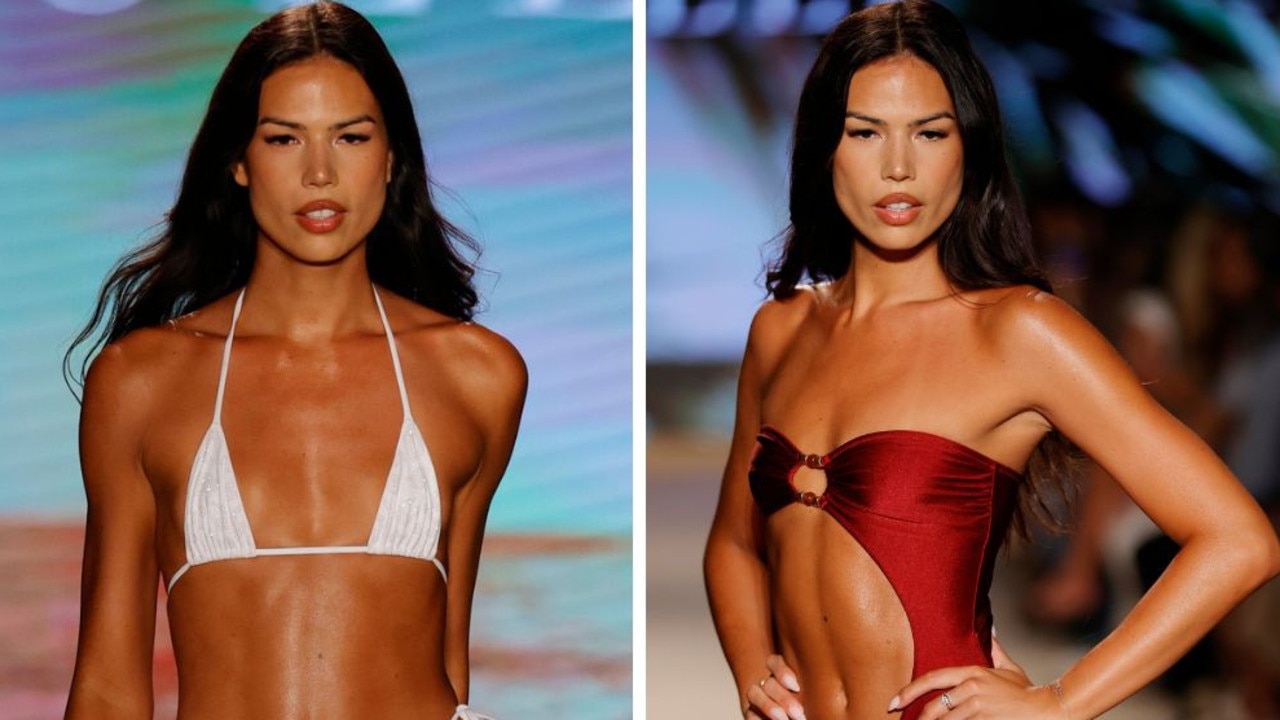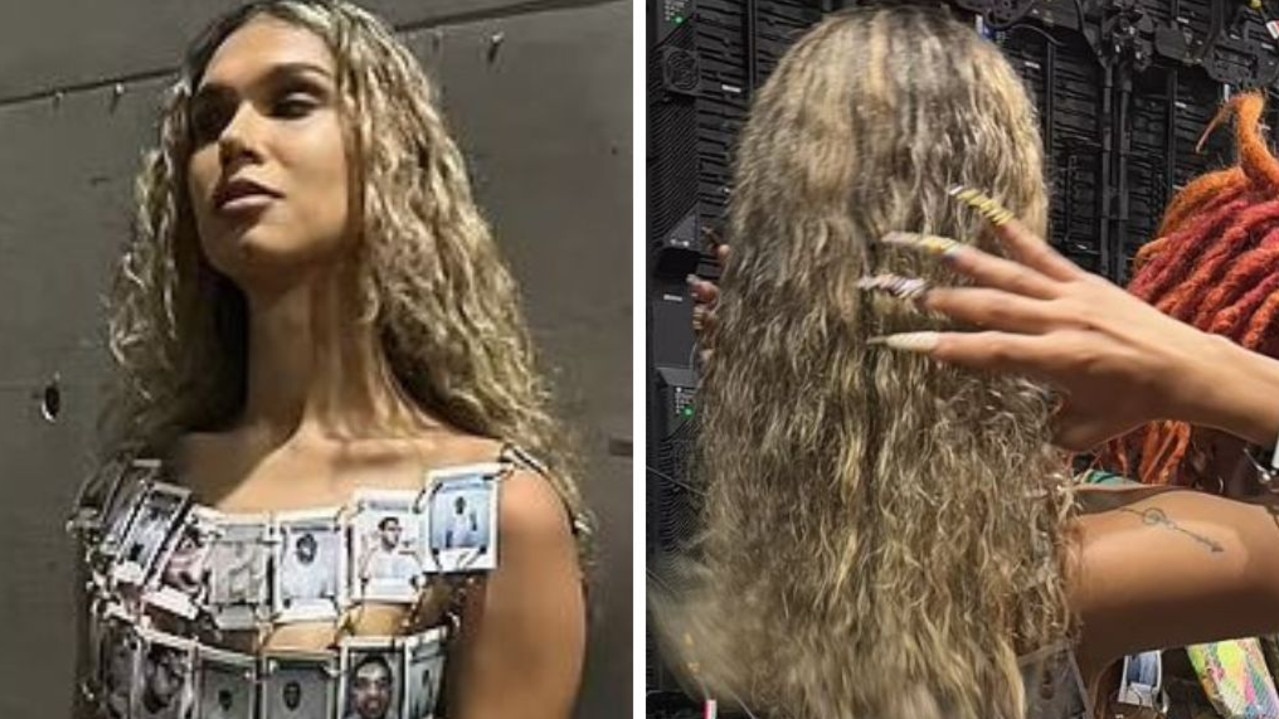‘What a joke’: 0.9 per cent of models at SS24 womenswear shows were plus-size
New analysis has painted a grim picture of representation across the fashion industry – leaving women “p*ssed off”.
Less than one per cent of the models at the Spring/Summer 24 womenswear shows were plus-size, new analysis has revealed, painting a grim picture of the future of representation across the fashion industry.
Vogue Business’ twice-yearly size inclusivity report looked at all shows and presentations on Vogue Runway to determine the proportion of the 9584 total looks that were straight-size (US 0-4 or Australian 4-8), mid-size (US 6-12 or Australian 10-16) and plus-size (above a US 14 or Australian 18).
Taking into account fashion week in all four cities – New York, London, Milan and Paris – the analysis found just 0.9 per cent were plus-size, and a mere 3.9 per cent were mid-size, meaning a staggering 95.2 per cent of looks presented were in a straight-size.
Major luxury brands also lagged far behind the smaller, independent ones.
The overwhelming response to the report by consumers on social media was one of fury.
“These numbers are crazyyyy like the bar is LOW,” one wrote on Instagram.
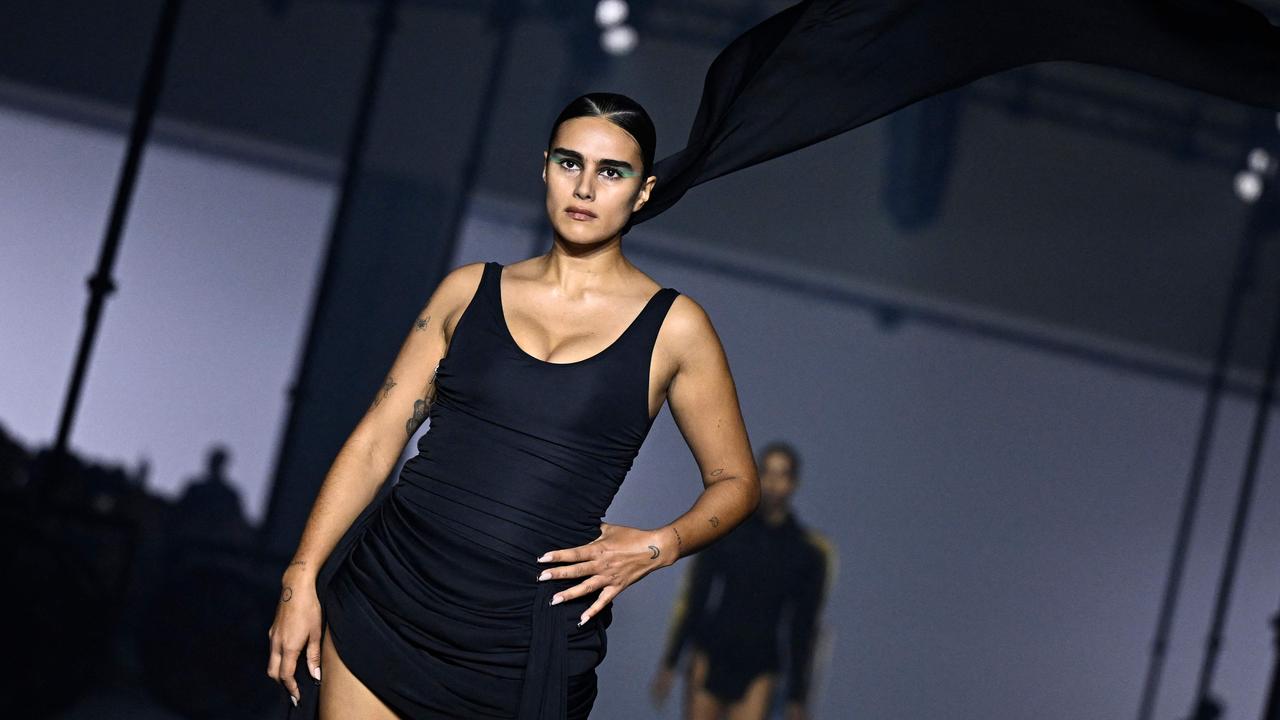
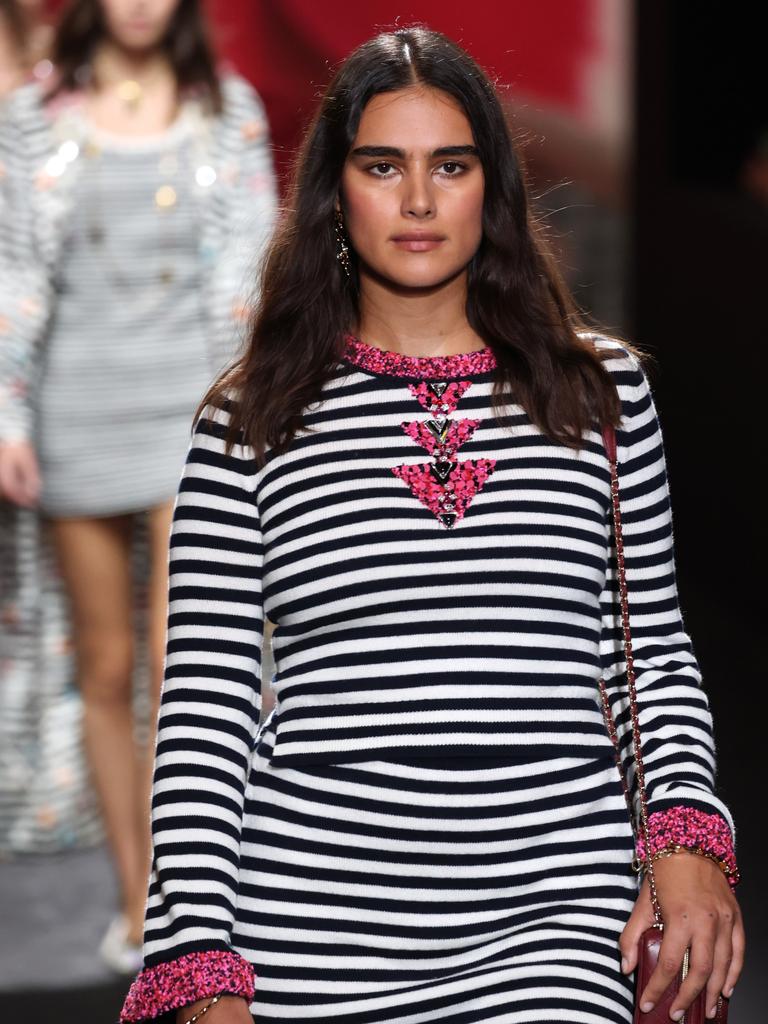
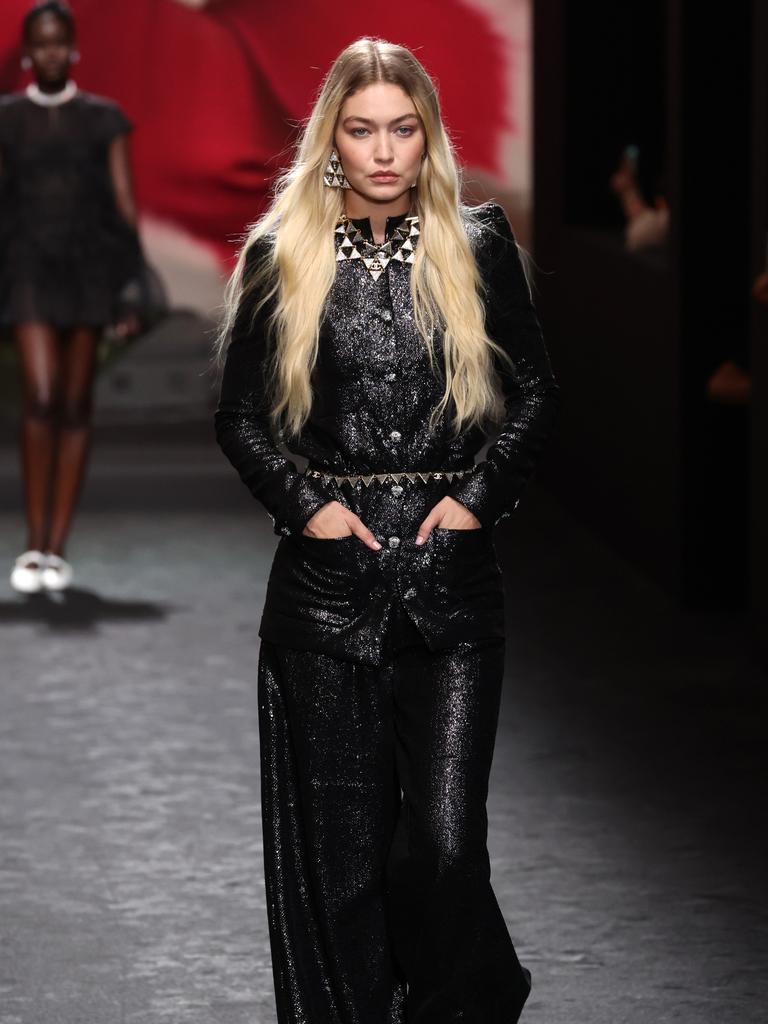
A second commented: “These company fads … I’m p*ssed off to see that there has been a significant decrease in the number of plus size models for fashion week. Bring back real models/people to model.”
“Of the 9,137 looks shown across the world [during] fashion week, only 0.6% of them were ‘plus size’ ([size] 14+),” a third said.
“95.6% of the looks were a size 0-4.
“Whatever strides they claim we’ve made in fashion, they’re not enough. It’s as fatphobic as it’s always been.
“67% of the United States is considered plus size, a significant majority in their country. Why then are we so sorely under represented in the world of fashion?? Less than 1%? What a joke.”
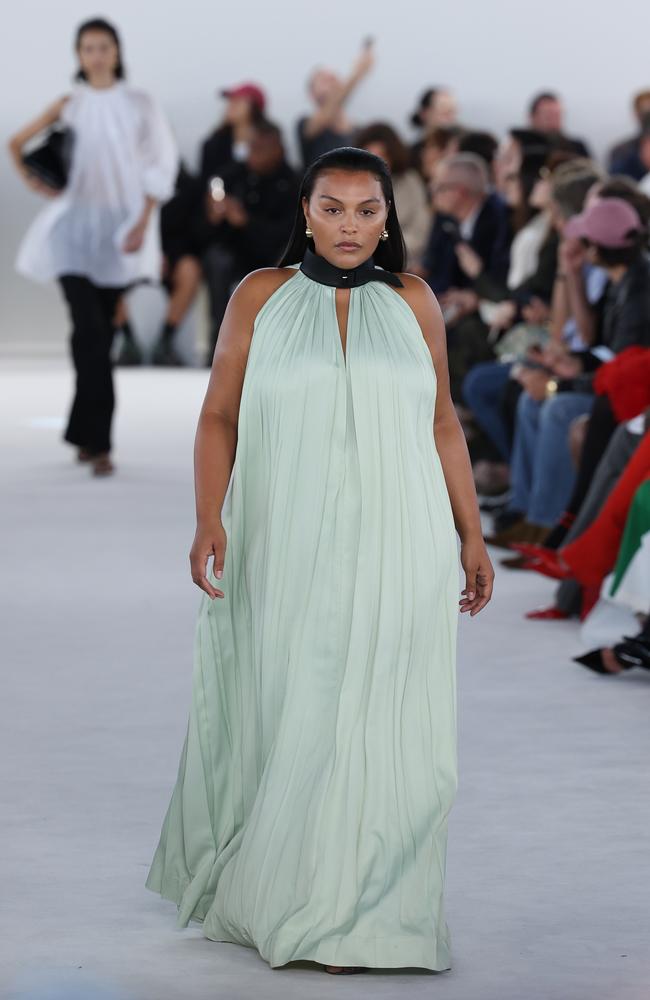
Mid-size model Paloma Elsesser, who walked in all four cities this season, told Vogue she’d hoped her absence last season would have opened up opportunities for other mid- and plus-size models. When that didn’t happen, she said, she felt a responsibility to come back.
“I was hopeful we would see continued progress [for representation], but there has been an unapologetic propensity toward thinness,” Elsesser said.
“It is undeniable that we are steadily slipping backward when it comes to representation. We are contending with erasure on all fronts.
“We have to respond with urgency. If we do not call this out, taking this season as both an opportunity and an invitation to ask for increasing diversity, it’ll die out.”
Plus-size model and advocate Enam Asiama agreed, telling Vogue that including diverse and marginalised bodies on the runway is a political act that not many designers are willing to do.
“It’s important to have designers … who know the audience and don’t really care what fashion thinks. They’re making up their own rules as they go along, and I don’t think that we celebrate these designers enough,” she said.
“Many designers aren’t willing to step outside of that bubble, maybe out of fear that they might not get that popularity if they do.”
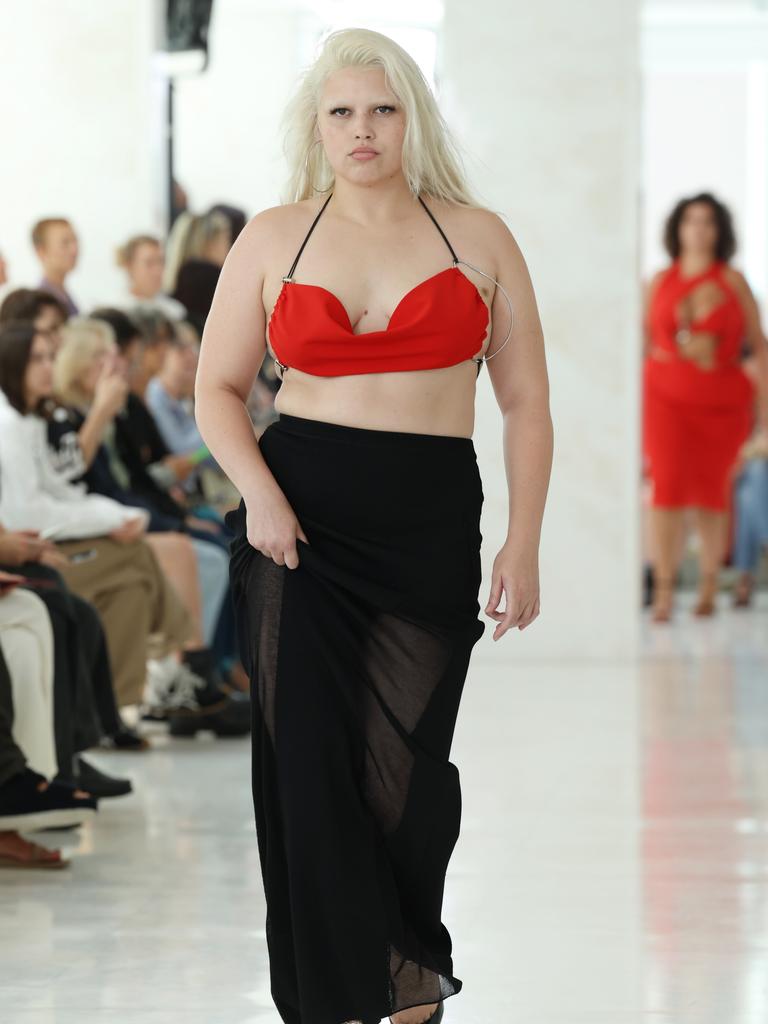

The reaction to Victoria’s Secret’s resurrected Fashion Show painted an equally disheartening picture.
The embattled lingerie brand – which has “evolved” in recent years after allegations of misogyny, bullying and harassment and criticism of cultural appropriation and a lack of diversity on the runway – premiered The Victoria’s Secret World Tour on Prime Video last week. In a statement, it said it hoped the new project would “uplift and champion women all over the world … and serve women of all sizes and budgets”.
For every response celebrating its emphasis on inclusivity, however, there were just as many viewers who took to TikTok to malign the lack of “wings, runway, [and] beautiful, tall, skinny models”.
“Showing different body sizes is great, but can we have one brand that has models and clothes that are vibrant, fun and just extremely attractive,” one woman said.

Australian influencer and adult content creator, Minki Minna, echoed the frankly problematic sentiment.
“There is a lot of controversy surrounding it, and honestly, I think I agree with a lot of it,” she declared.
“When I watch the Victoria’s Secret Show, I want to spit out whatever I’m eating. I know that’s not healthy, and I’m not claiming to be healthy.
“But I think that’s the whole point, and one of the reasons why it was shut down in the first place, because it was projecting this ideal and unattainable body standard.
“But that’s why people loved it. When I watch the Victoria’s Secret show, I just want to stop whatever I’m doing and just start doing crunches because I hate myself.”
Others accused them of “glorifying obesity”.
“They’re called Angels because not everyone can be them,” one wrote. “Stop with the inclusivity bullsh*t. Worst comeback ever.”





